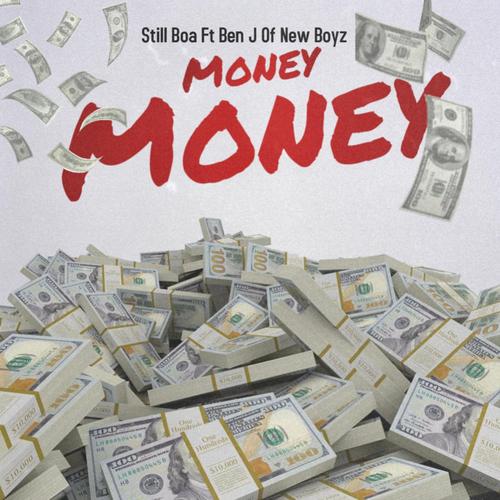
Download to Money: A Comprehensive Guide
Are you looking to turn your digital downloads into cold, hard cash? The world of monetizing digital content is vast and varied, offering numerous opportunities for individuals and businesses alike. Whether you’re an artist, a writer, or a developer, there are several ways to download content and convert it into a profitable venture. Let’s dive into the details.
Understanding the Landscape
The digital download market has seen exponential growth over the past decade. From music and movies to e-books and software, there’s a vast array of content available for download. This has created a thriving ecosystem where creators can distribute their work and consumers can access it with ease.

Here’s a breakdown of the key components of the digital download landscape:
| Content Type | Market Size (in billions) | Estimated Growth Rate (2023-2028) |
|---|---|---|
| Music | $20.8 | 5.2% |
| Video | $42.8 | 6.1% |
| Software | $528.3 | 6.5% |
| E-books | $15.1 | 4.2% |
| Games | $159.3 | 6.9% |
As you can see, the market is vast and diverse, offering numerous opportunities for monetization.
Monetizing Digital Content
Now that we have a better understanding of the landscape, let’s explore some of the most popular methods for monetizing digital content:
1. Licensing
Licensing is a common method for monetizing digital content. This involves granting permission to use your work in exchange for a fee. For example, a musician might license their song to a movie or a software developer might license their code to another company.

2. Crowdfunding
Crowdfunding platforms like Kickstarter and Indiegogo have become increasingly popular for artists and creators looking to fund their projects. By offering rewards to backers, you can raise money to produce and distribute your content.
3. Subscription Models
Subscription models are a great way to generate recurring revenue. This involves charging users a monthly or annual fee to access your content. Examples include streaming services like Spotify and Netflix, as well as membership sites for artists and writers.
4. Advertising
Advertising can be a lucrative way to monetize digital content, especially if you have a large audience. This can be done through display ads, sponsored content, or affiliate marketing. Platforms like Google AdSense and YouTube offer a range of advertising options for content creators.
5. Merchandising
Merchandising involves selling physical products related to your digital content. This could include t-shirts, posters, or other memorabilia. Platforms like Redbubble and Teespring make it easy to create and sell custom merchandise.
Maximizing Your Earnings
Once you’ve chosen a monetization strategy, it’s important to maximize your earnings. Here are some tips to help you do just that:
1. Optimize Your Content
Ensure that your content is high-quality and engaging. This will help attract and retain users, increasing your chances of monetization.
2. Build a Strong Online Presence
Utilize social media, email marketing, and other online channels to promote your content and engage with your audience.
3. Diversify Your Income Streams
Don’t rely on a single monetization strategy. Diversify your income streams to reduce risk and increase your overall earnings.
4. Monitor Your Performance
Keep track of your earnings and adjust your strategies as needed. This will help you stay ahead of the competition and maximize your profits.
Conclusion
Monetizing digital content can be a challenging but




